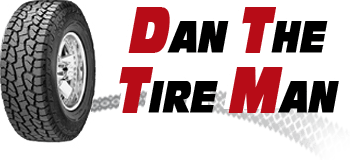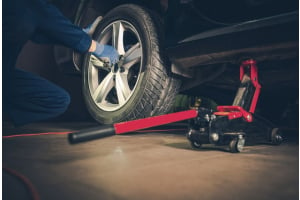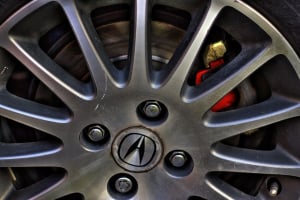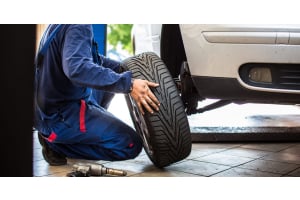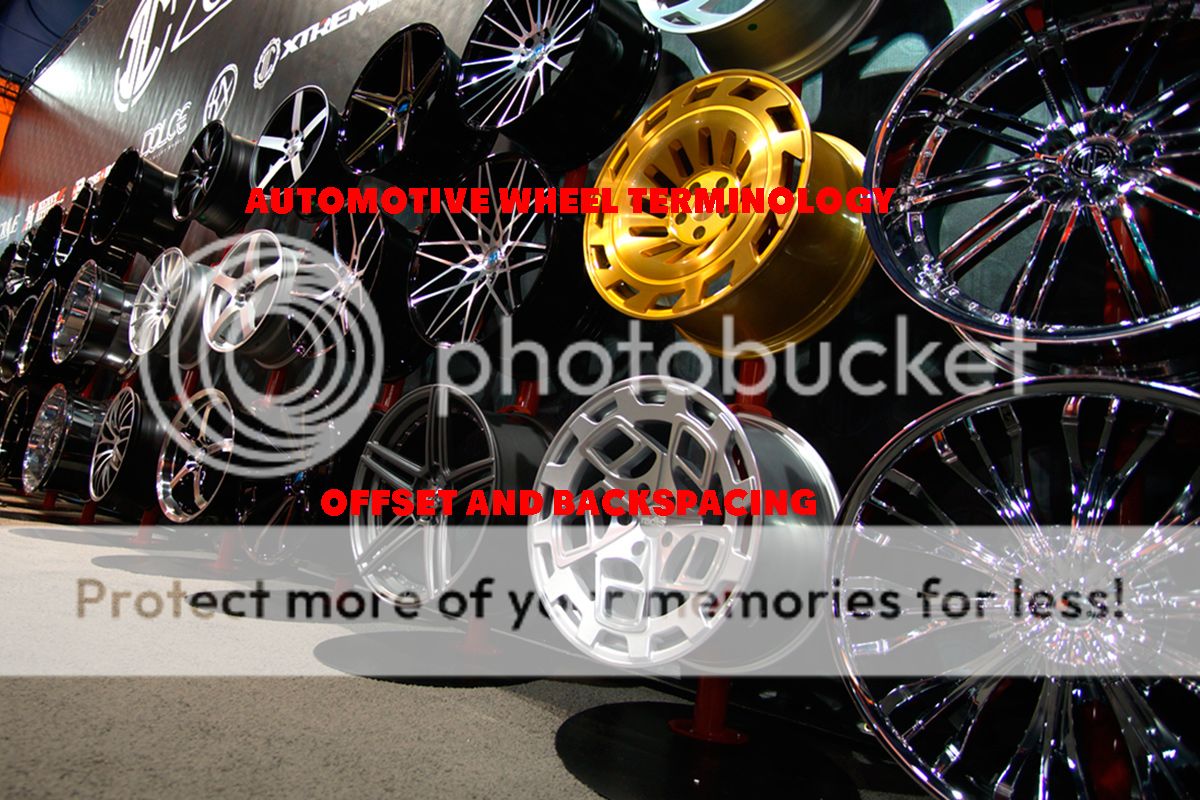
One question that often comes up when buying new wheels is what are wheel offset and backspacing? The two terms are often considered to be interchangeable but although their meanings are similar, they do not describe the same wheel dimensions. Get them wrong when buying new wheels and your tires could end up rubbing on the frame or suspension on the inside or the fender on the outside.
Wheel Offset
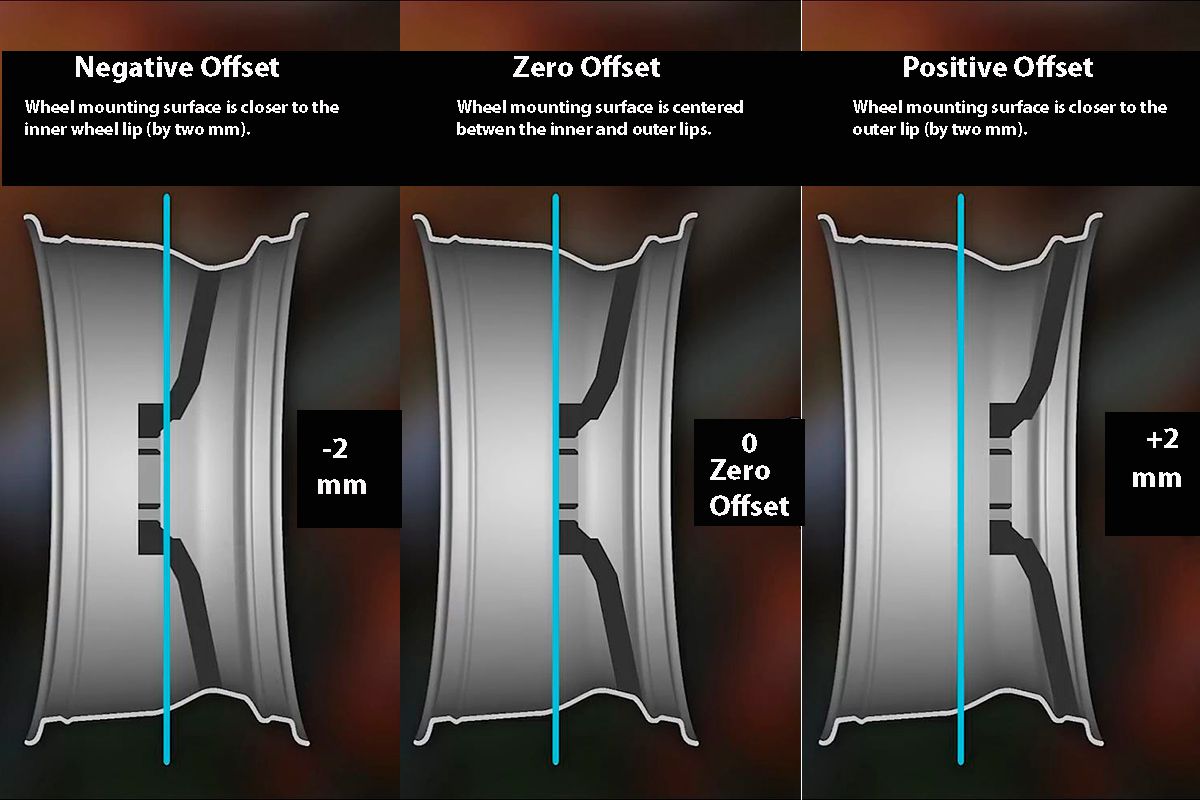
Wheel offset is the distance from where the wheel meets up with the vehicle’s hub and the centerline of the wheel as measured between the beads and is measured in millimeters. Offset Can be negative, positive, or zero.
- Negative offset means that the wheel’s mounting surface is closer to the back of the wheel, or the closer to the car.
- When the wheel’s mounting surface is closer to the fender, offset is considered to be positive.
- Zero offset indicates that the mounting surface aligns with the centerline of the wheel.
Every vehicle, whether truck, van, sports car, or sedan, has a specific offset. There are some generalizations that can be made concerning offset:
- Older and/or customized vehicles will often negative offset,
- Modern front wheel drive vehicles usually have a positive offset,
- Most wheels will have their offset and backspacing information stamped or embossed somewhere on one of the inner surfaces of the wheel.
Wheel Backspacing
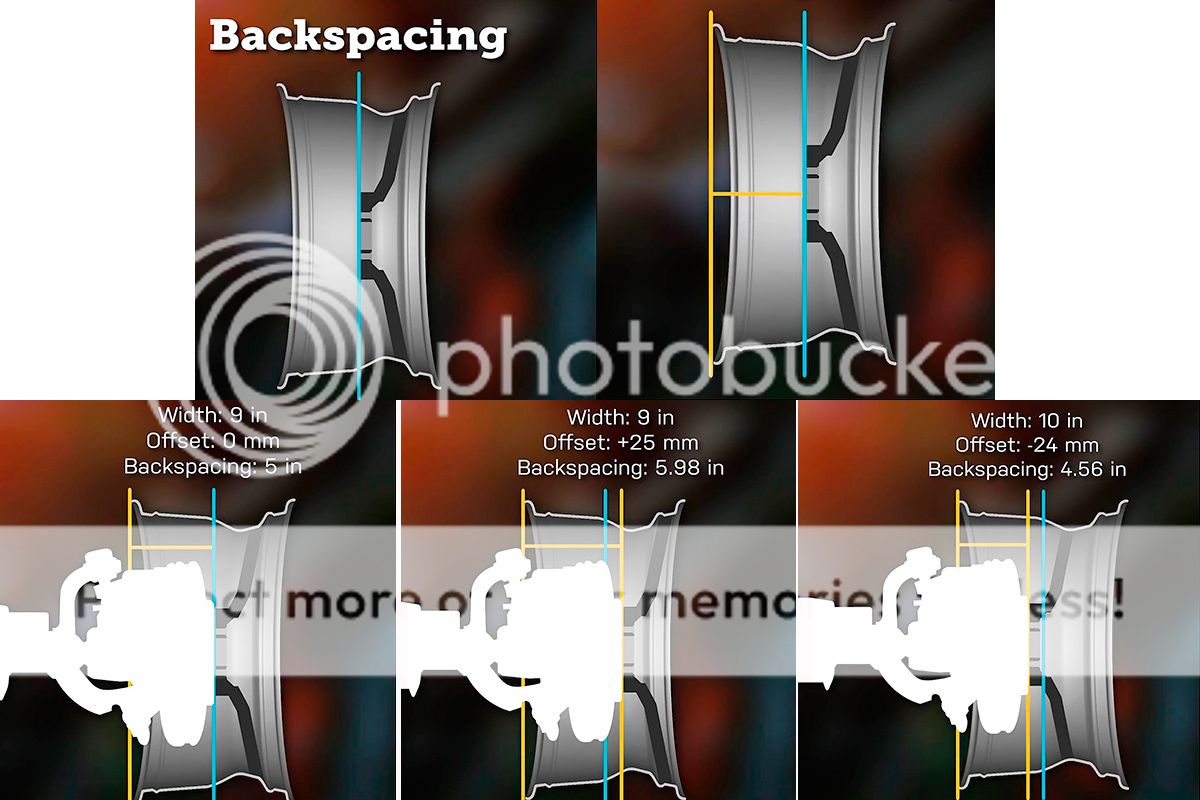
Although most manufacturers of custom wheels still use it, backspacing is an older measuring system for determining the depth of the wheel’s mounting surface in the wheel and can also be negative, positive, or zero. However, backspacing is measured from the inner lip of the wheel and not the centerline of the wheel. The final difference is it’s measured in inches, not millimeters.
A wheel that is ten inches wide and has a five in backspacing can also be said to have a zero offset as the wheel’s mounting surface is on the wheel’s centerline. That same wheel with a seven inch positive backspacing will have a negative offset. To find the optimum offset for your vehicle, measure from the hub, where the wheel mounts to the vehicle, to the closest point to the frame you want the wheel to reach.
Wheel Offset and Backspacing Conversion Chart
| 3.25” | 3.50” | 3.75” | 4.00” | 4.25” | 4.50” | 4.75” | 5.00” | 5.25” | 5.50” | 5.75” |
5.5” | 0 | +6mm+ | +12mm | +18 mm | +26 mm | +30 mm | +36 mm | +42 mm | +48 mm | +54 mm | +60 mm |
6.0” | -6 mm | 0 | +6 mm | +12 mm | +18 mm | +26 mm | +30 mm | +36 mm | +42 mm | +48 mm | +54 mm |
6.5” | -12 mm | -6 mm | 0 | +6 mm | +12 mm | +18 mm | +26 mm | +30 mm | +36 mm | +42 mm | +48 mm |
7.0” | -18 mm | -12 mm | -6 mm | 0 | +6 mm | +12 mm | +18 mm | +26 mm | +30 mm | +36 mm | +42 mm |
7.5” | -24 mm | -18 mm | -12 mm | -6 mm | 0 | +6 mm | +12 mm | +18 mm | +26 mm | +30 mm | +36 mm |
8.0” | -30 mm | -24 mm | -18 mm | -12 mm | -6 mm | 0 | +6 mm | +12 mm | +18 mm | +26 mm | +30 mm |
8.5” | -36 mm | -30 mm | -24 mm | -18 mm | -12 mm | -6 mm | 0 | +6 mm | +12 mm | +18 mm | +26 mm |
9.0” | -42 mm | -36 mm | -30 mm | -24 mm | -18 mm | -12 mm | -6 mm | 0 | +6 mm | +12 mm | +18 mm |
9.5” | -48 mm | -42 mm | -36 mm | -30 mm | -24 mm | -18 mm | -12 mm | -6 mm | 0 | +6 mm | +12 mm |
10.0” | -54 mm | -48 mm | -42 mm | -36 mm | -30 mm | -24 mm | -18 mm | -12 mm | -6 mm | 0 | +6 mm |
10.5” | -66 mm | -60 mm | -54 mm | -48 mm | -42 mm | -36 mm | -24 mm | -18 mm | -12 mm | -6 mm | 0 |
11.0” | -72 mm | -66 mm | -60 mm | -54 mm | -48 mm | -42 mm | -36 mm | -24 mm | -18 mm | -12 mm | -6 mm |
12.0” | -78 mm | -72 mm | -66 mm | -60 mm | -54 mm | -48 mm | -42 mm | -36 mm | -30 mm | -24 mm | -18 mm |
Dan the Tire Man stands ready to help if you have any questions about wheel offset or backspacing or need help with measurements.
